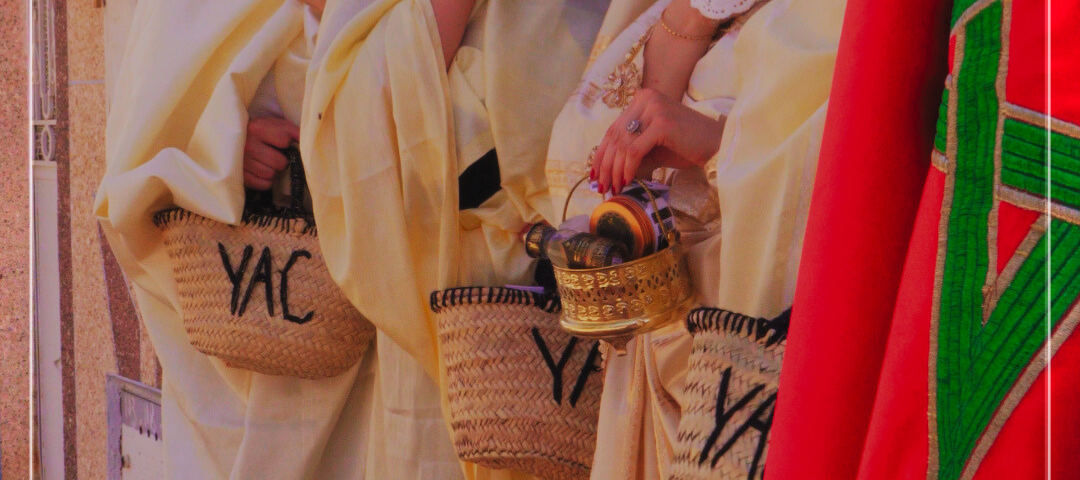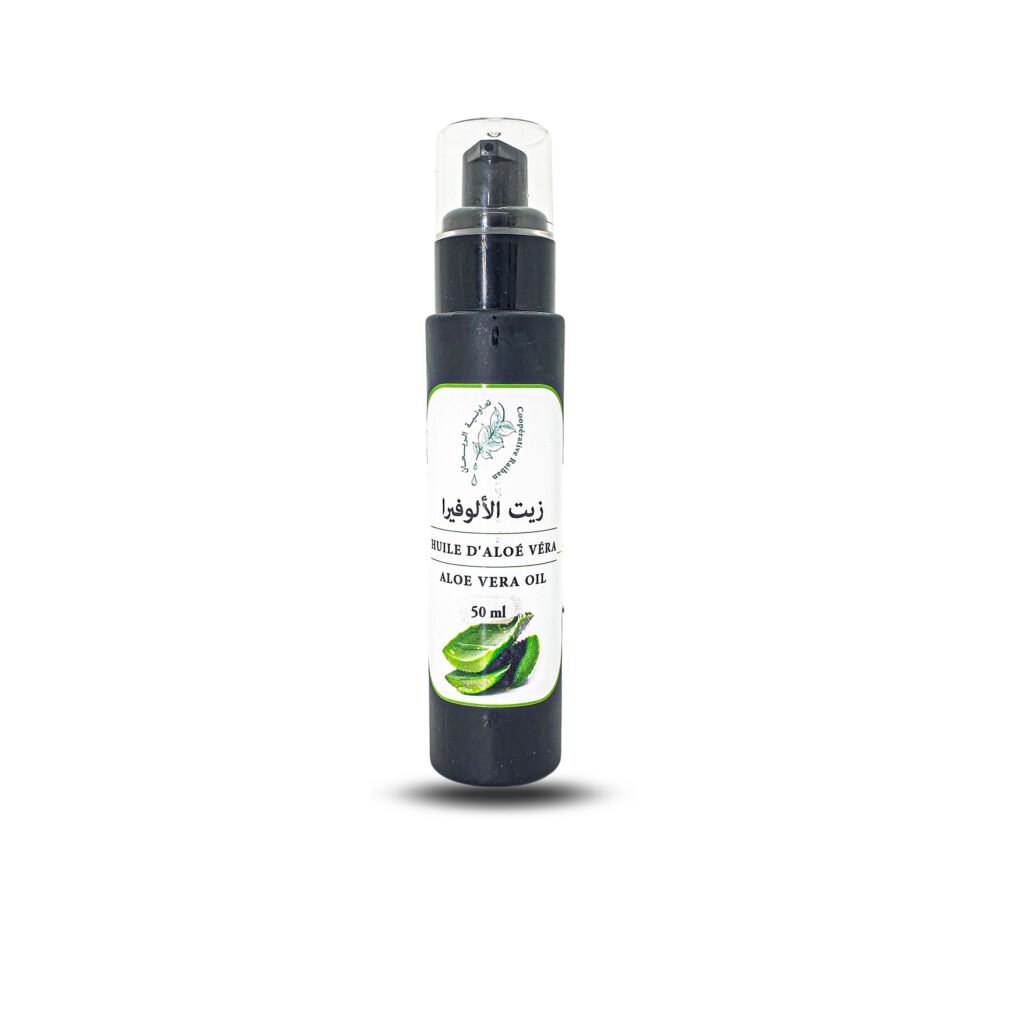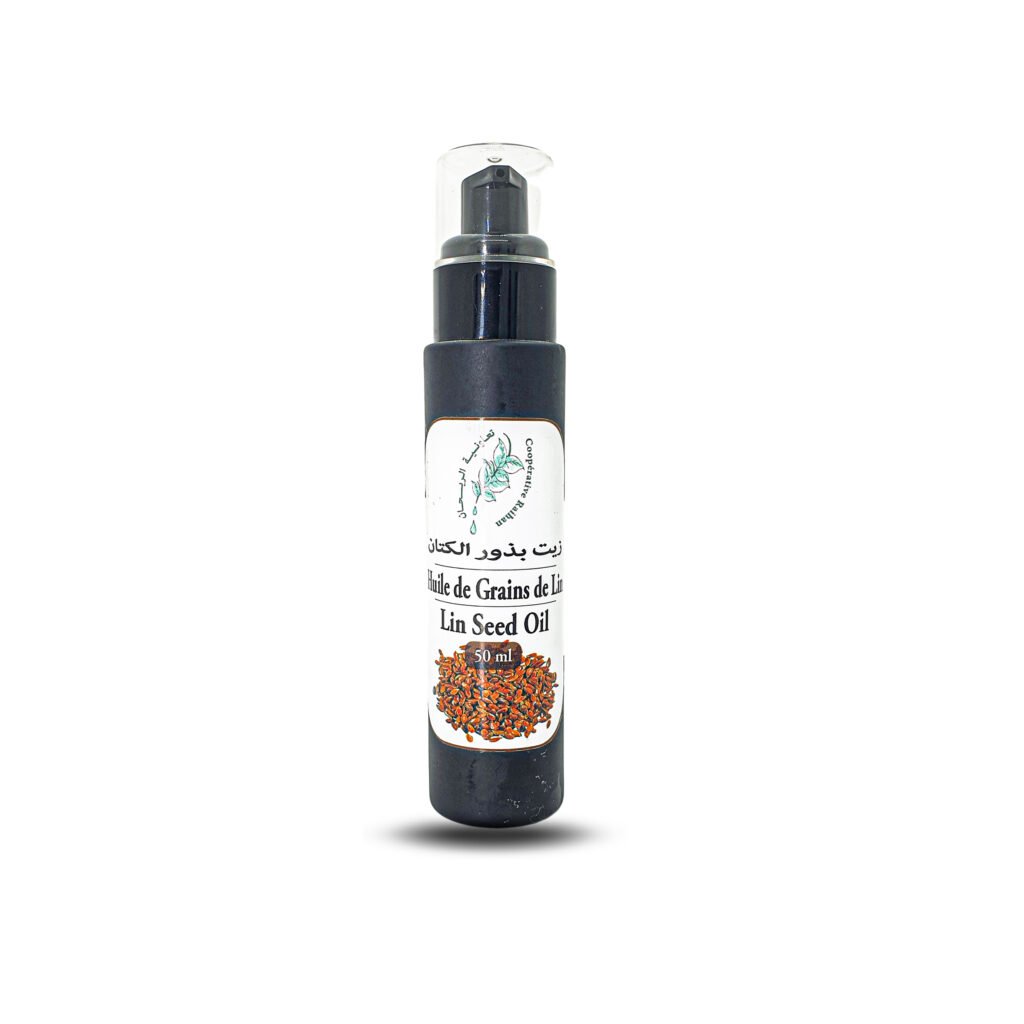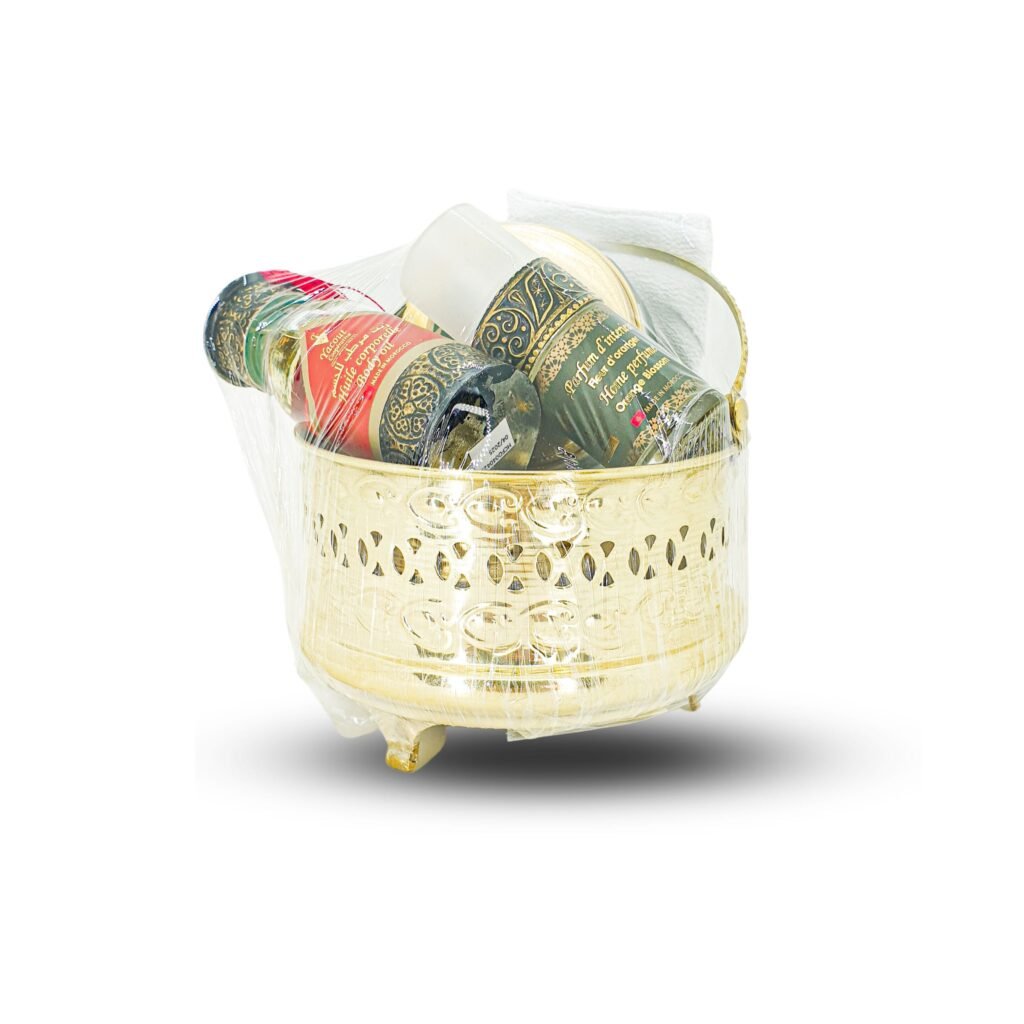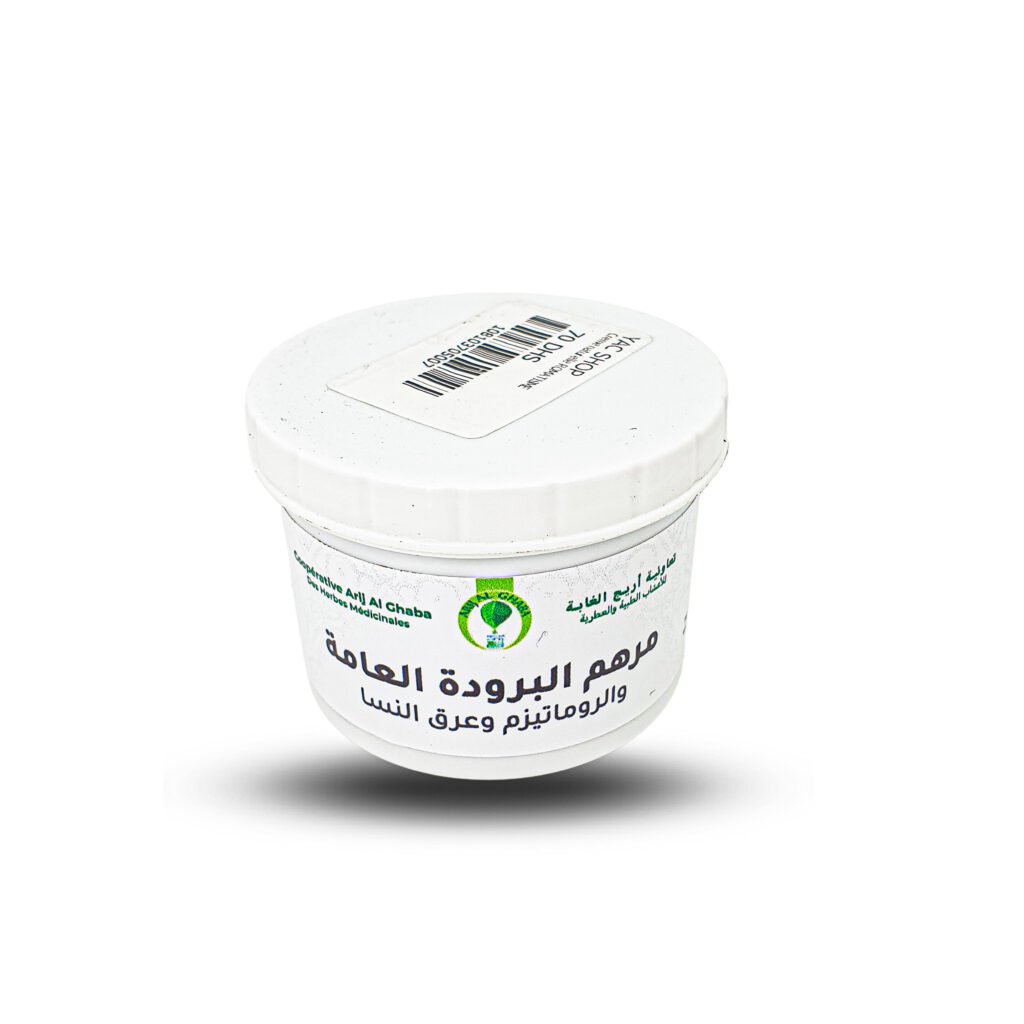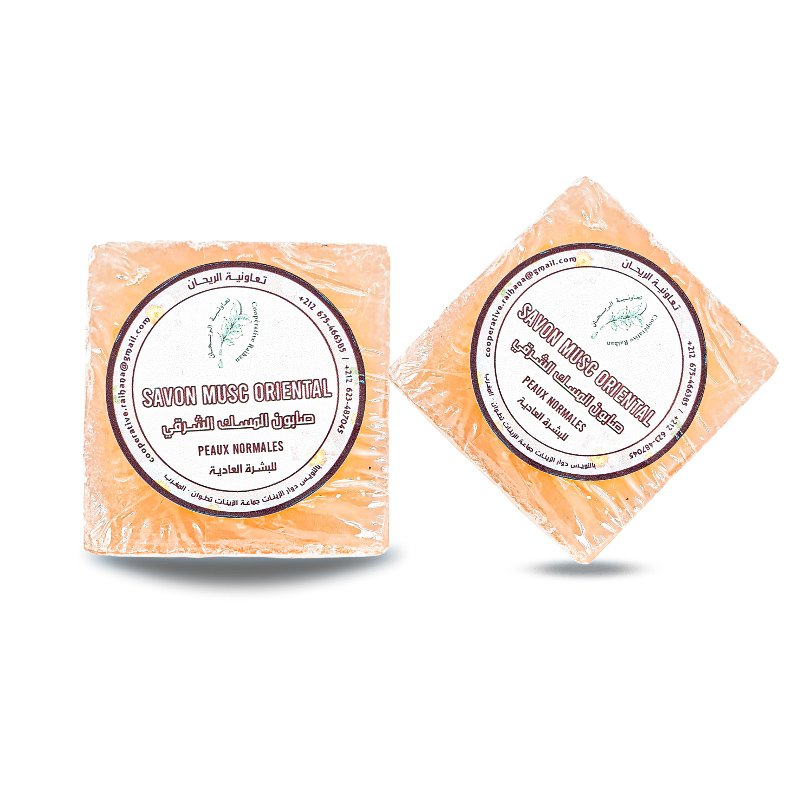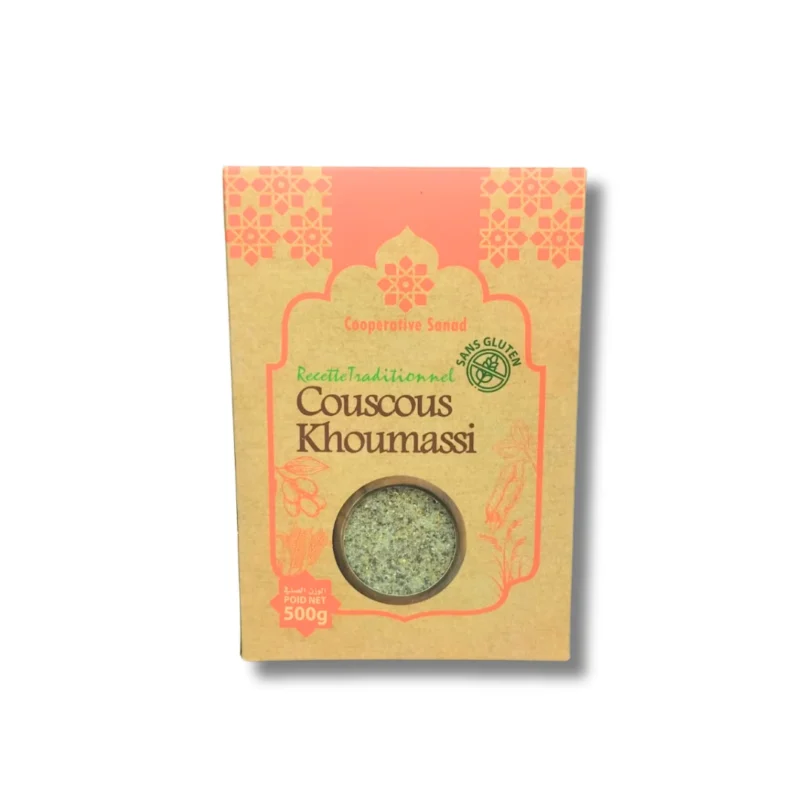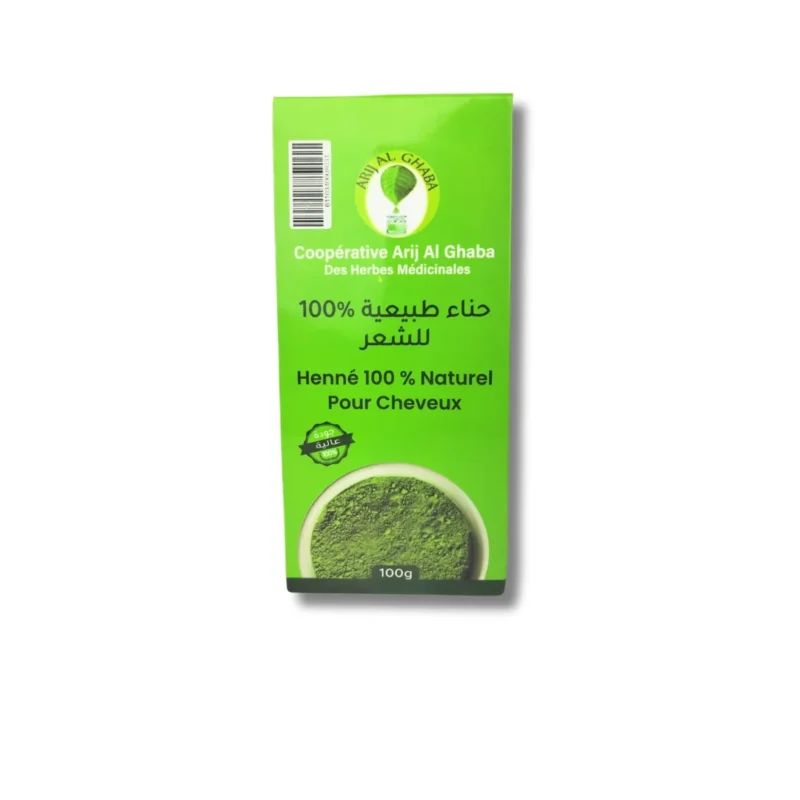
Hair loss
June 21, 2024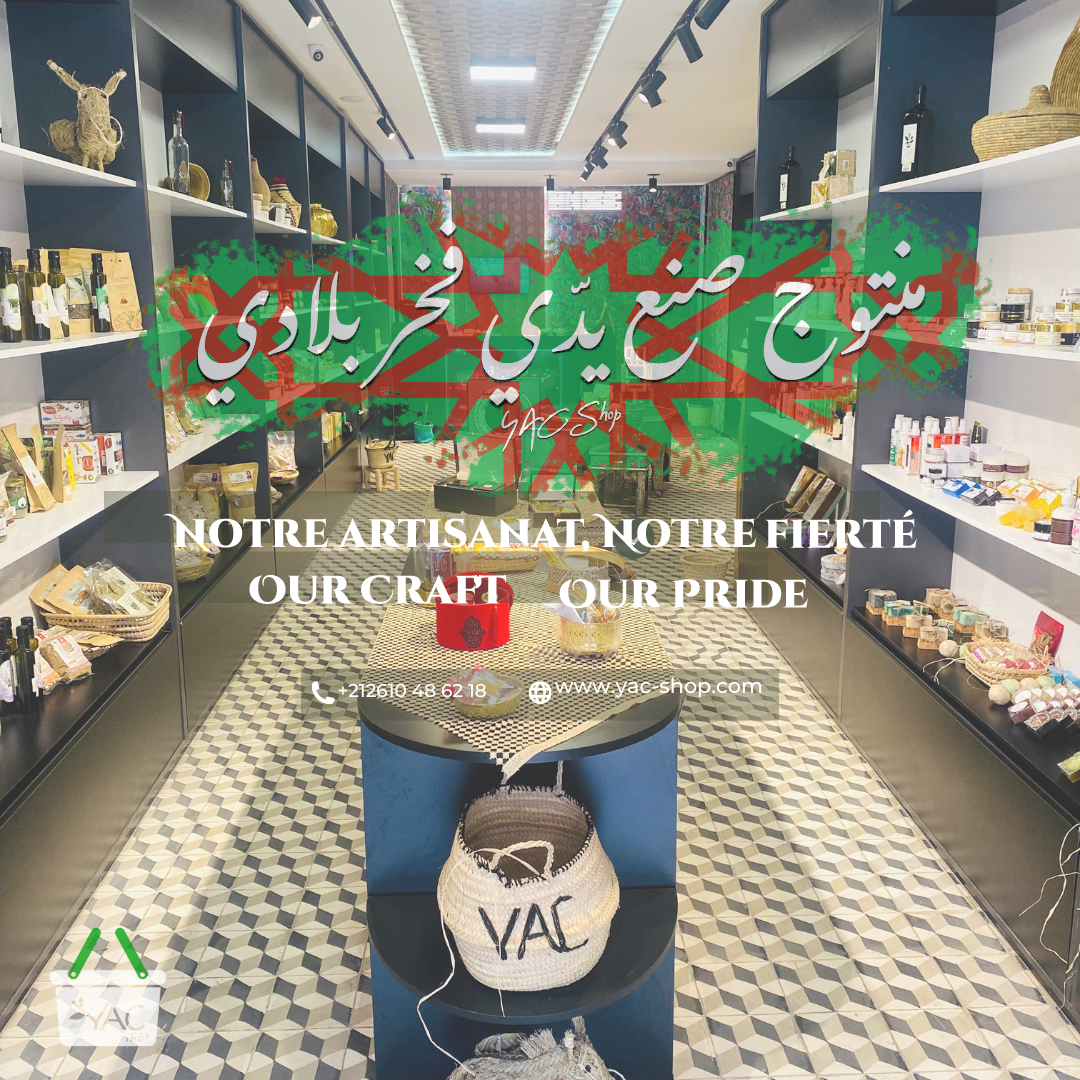
THE SOLIDARITY MARKET OF THE ORIENTAL REGION OF MOROCCO YACSHOP
July 18, 2024
The Secrets of Traditional Ouejdi Wedding (Northern Morocco)
The Secrets of Traditional Ouejdi Wedding Moroccan marriage, in all its forms, is a celebration of joy, sharing, family solidarity and generosity. The traditional Ouejdi wedding in the town of Oujda located in northern Morocco, follows this golden rule perfectly.
The engagements
The process begins with the engagement. The young man’s family asks for the young woman’s hand by offering gifts such as henna, dates and wedding jewelry. This event is an opportunity for the two families to share a meal and discuss the details of the wedding, including the date, ceremony and dowry.
Hdiya
The ouejdi wedding generally lasts three to four days. Before the main day, there is the dfouâ or lehdiya. This procession, made up of friends and relatives of the groom, brings gifts to the bride’s family, including sheep, linens, fabrics, traditional clothing, henna, dates, flowers, and ingredients for the guests’ meals, all accompanied by Reggada musicians.
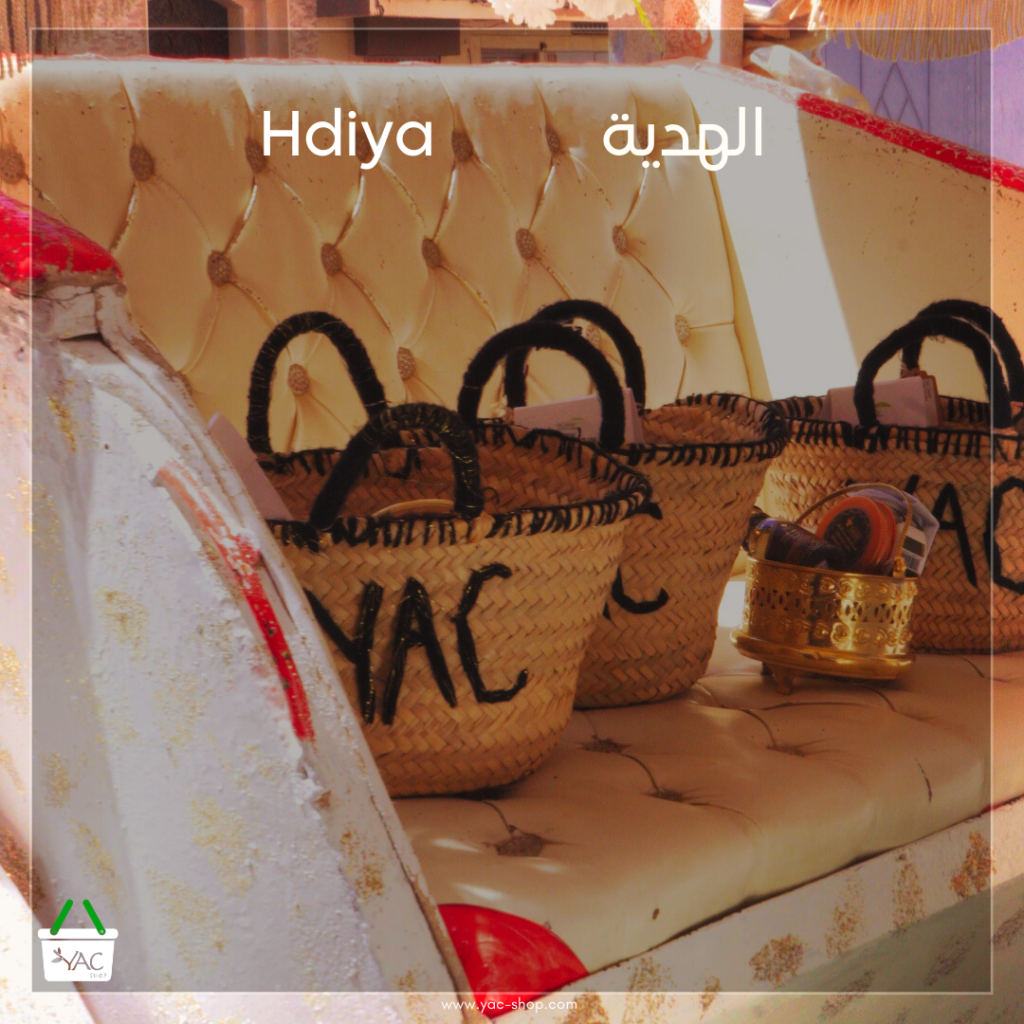
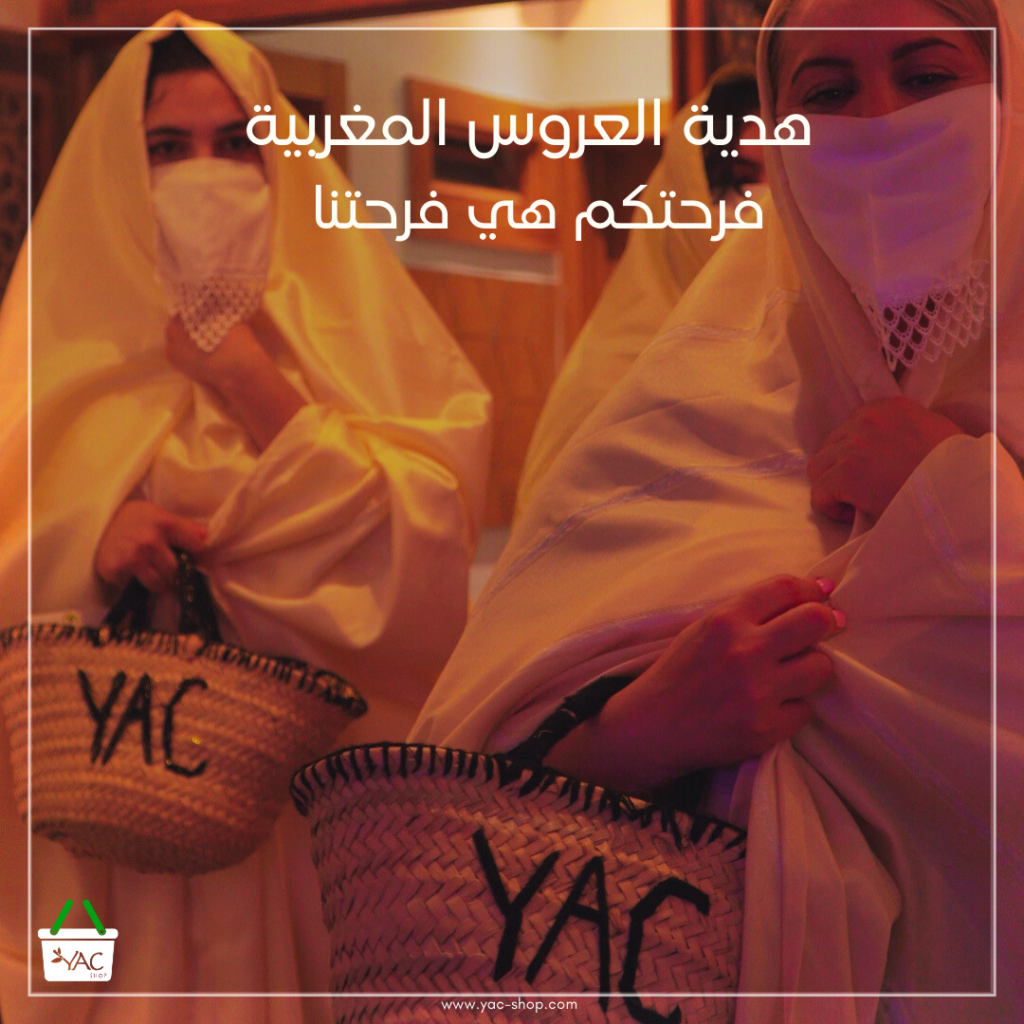
Henna
When the procession arrives, the bride’s family welcomes the guests to begin the henna ceremony. The young woman, accompanied by the daughters of her family, goes to the hammam for a ritual bath. There she is surrounded by young girls carrying candles, boiled eggs and henna, before receiving a massage and getting ready at the beautician and hairdresser. In the evening, the bride wears a white dress embroidered with green or a dress in black, royal blue or burgundy red velvet with gold thread embroidery, symbolizing fertility and prosperity. Surrounded by her friends and family, she gets a henna tattoo, while female songs and dances are accompanied by mounchidine singing the praises of the Prophet Mohammed.
D-day
On the wedding day, or âarss day, the young groom and his family go to the bride’s house, where they are welcomed with milk and dates according to Moroccan tradition. The bride, under the supervision of the negafa, wears seven outfits representing different regions of Morocco, parading among the guests throughout the evening.


Hzam
At the end of the ceremony, the new spouses leave the reception venue to consummate their marriage. The next day, during the “hzam”, the bride’s family brings lunch to the young couple to celebrate the wedding. In the afternoon, a child places a sash around the bride’s waist, marking her new status as a wife and the start of her married life. In return, the young woman offers the child money as a sign of thanks.


